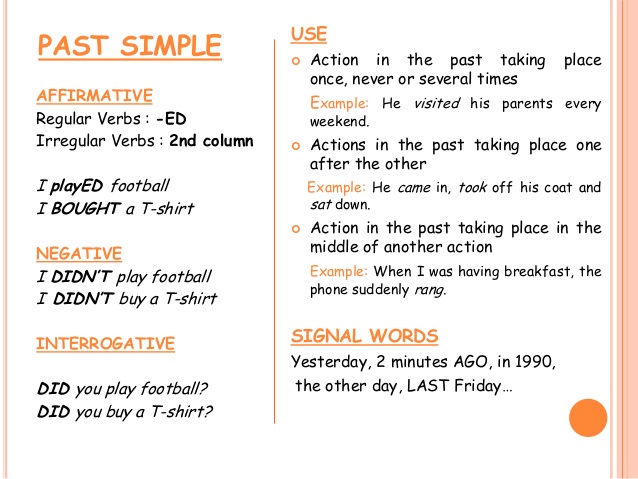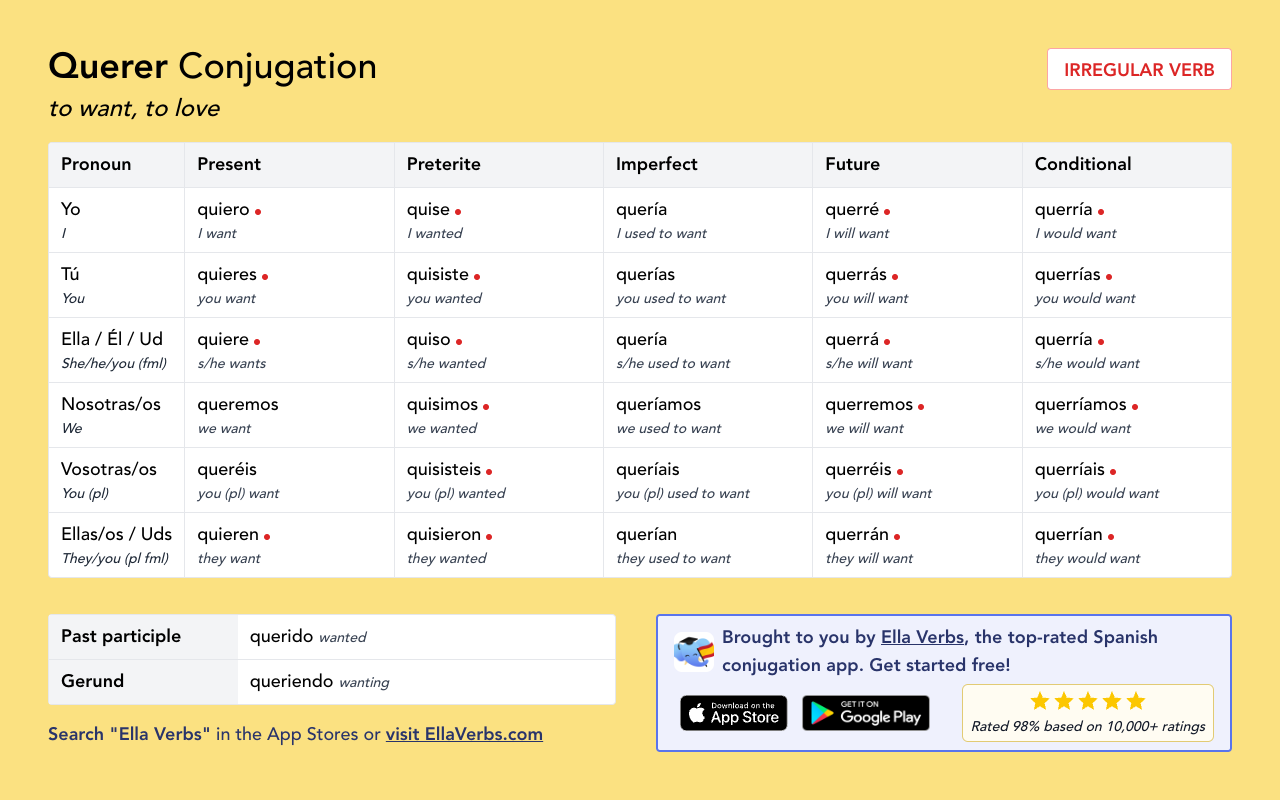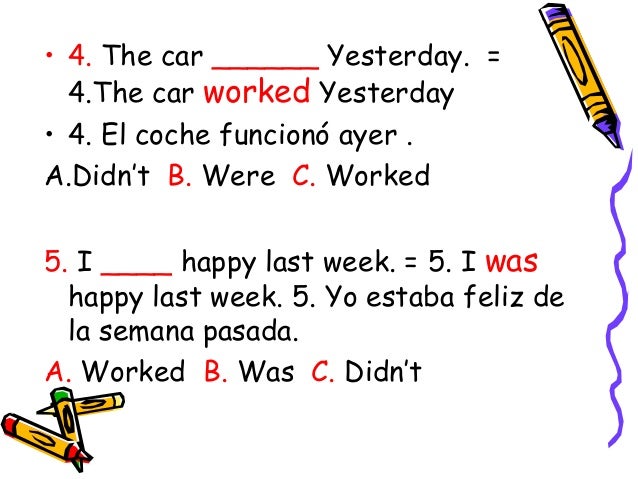

Nuestros vecinos volvieron de sus vacaciones hace unos días. (Our neighbors came back from their vacation a few days ago.) hace + time expression + ( que) + past tense action Mi hermana se casó hace seis meses. (My sister got married six months ago.) Use this construction to say that someone did something some time ago:Ĭompré mi primer coche hace cinco años. (I bought my first car five years ago.) In order to do that, we have two different constructions: past tense action + hace + time expression The first main use of the verb hacer with time expressions is to indicate the time that has passed since an action took place. Hace with Actions That Took Place Some Time Ago Leo en inglés desde hace 15 años. (I have been reading in English for 15 years.)Įach of these purposes have different constructions, so let’s see them one by one. Literally: “It does/makes a month that I do not see him.”) Hace un mes que no lo veo. (It has been a month since I last saw him. Lo compré hace tres meses. (I bought it three months ago.)

Here are three examples in the hopes that they will whet your appetite for more:
HACER PAST TENSE HOW TO
I will give you plenty of examples in the following sections, so that by the end of the post you will know how to translate any hacer time expression correctly. Overall, though, there are three main ways of translating hacer when using these kinds of expressions: “ago,” “since” and “for.” Its translation will vary, as you will see in the rest of the post, depending on the construction of the sentence. Hacer is one of the most important Spanish verbs when it comes to time expressions. Time to learn! Hacer Time Expressions to “Make” Time Clear as Day You might notice that hizo substitutes the c for a z-this is solely a written change, done to keep the soft s sound intact.Īnd now that you remember all the relevant conjugations of hacer, let’s move on to time expressions that use it. Vosotros/as hicisteis (you did, you made) Él/ella hizo (he/she/it did, he/she/it made) The preterite is indeed irregular, but the irregularity repeats itself in all the conjugations, making it very easy to learn, too: *Remember that many times we can translate the Spanish imperfect as “used to,” “would,” a past continuous tense and even a past perfect tense. Él/ella hacía (he/she/it did, he/she/it made) When it comes to the imperfect, hacer is not one of the only three irregular verbs that exist in the Spanish imperfect tense. Él/ella hace (he/she/it does, he/she/it makes) However, it is a fairly easy verb to learn if we take into account that the rest of the present tense persons are regular: Hacer is considered an irregular verb in the present tense because of its first person singular.
HACER PAST TENSE PDF
This blog post is available as a convenient and portable PDF that youĬlick here to get a copy. In order to make it much more manageable, this time I will only focus on hacer time expressions, and we will leave the rest for another day.īut before we delve into the crazy world of hacer time expressions, let me quickly remind you the conjugations of the three tenses we are going to be using: the present, the imperfect and the preterite. Trying to cover the vast amount of information there is about it would take us around 25 long posts, if not more. In case you have not guessed it yet, today’s post is all about the Spanish verb hacer. Moreover, the present tense third person singular hace (he/she/it does, he/she/it makes, it is ) is the 84th most commonly used word in the Spanish language! Now, that is an important verb form! The “Diccionario de la Real Academia Española”(“Spanish Royal Academy Dictionary”) lists 58 different meanings and uses of the word, and over 43 verbal phrases that use hacer! It seems we really love this cute, little verb. SpanishDict includes over 30 different meanings for this verb, which may tell you about its importance for Spanish speakers. Most of the time, the Spanish verb hacer means “to do” or “to make.” In Spanish Preterite Tense, the 3 regular patterns are for verbs ending in ar, er, and ir.AugTime Flies: Hacer Time Expressions to “Make” Time Clear as Day A verb which does not follow these patterns exactly is called an irregular verb.

Irregular VerbsĪ verb is called a regular verb when its conjugation follows a typical pattern. The imperfect tense is rarely irregular and can be easily conjugated from this form, which is the yo, and él/ella conjugation. The present perfect tense is formed by combining the auxiliary verb haber with the participio. Poder appears on the 100 Most Used Spanish Preterite Tense Verbs Poster as the 12nd most used irregular verb.įor the present tense conjugation, go to Poder Conjugation - Present Tense. Poder is conjugated as an irregular verb in the preterite tense. Poder is a Spanish verb meaning can, to be able to.


 0 kommentar(er)
0 kommentar(er)
